Sketches of Native Life in India
Contents: Preface. Introduction – Observer and Observed: The Colonial Gaze/Vikas Arya. 1. The Pilgrimage to Poshkur – Gipsy Encampment – Fort of Tara Gurh in Ajmere. 2. Poshkur. 3. Bazaar, or Market Scene. 4. Scene on the Lake of Poshkur. 5. Dawk Travelling: With a Moonlight View of the Burial Ground at Nusseerabad. 6. Snake Charming. 7. A Moonshee. 8. Two Women Grinding at a Mill. 9. Women Drawing Water from a Well in the Evening. 10. Confluence of the Ganges and Jumna. 11. A Camel Battery, etc. 12. Scene Near a Hospital. 13. View from the Fort at Bhurtpore. 14. A Cantonment. 15. Madras. 16. A Group of Characters. 17. A Group of Native Soldiers. 18. Five Portraits. 19. Five Portraits. 20. Lord Hardinge’s Residence at Shimla. 21. Insects, etc. 22. James Town, St. Helena.
First published in 1848, Sketches of Native Life in India offers a vivid account of everyday existence in colonial India, as seen through the eyes of a British observer, Charles Richard Francis (1821-1901), who was serving the British Medical Establishment under the East India Company. He writes with a blend of curiosity, detail, and period-bound perspective, seeking to present the textures of Indian village life, customs, occupations, and spiritual practices to an English-speaking audience unfamiliar with the subcontinent's diverse cultures.
The 22 lithographic plates visually depict the people, places, and activities, while a rich narrative attempts to explain both the plates and the rituals and habits of the people about whom the illustrations were created. This book stands as a historical artifact -- valuable not only for the scenes it portrays, but also for what it reveals about the colonial mindset and its attempts to interpret a complex society through the lens of empire. Francis does not pretend to offer a comprehensive ethnography, but instead delivers a series of descriptive sketches, informed by his proximity to Indian life and tempered by the limitations of his time.
From an academic standpoint, the book contributes to our understanding of how colonial narratives constructed knowledge about the colonized world. For students and scholars of colonial history, postcolonial studies, and South Asian anthropology, it serves as both a source of historical insight and a cautionary exemplar of how representation and power were entwined in the production of colonial knowledge.
This new and freshly typeset edition does not seek to revise or sanitize the original, but rather to contextualize it. The value of Sketches of Native Life in India lies not only in what it says about India, but also in what it inadvertently says about Britain, empire, and the lens through which one culture views another. As a window into 19th-century rural India -- and into the colonial gaze itself -- this book remains a compelling read.
Get it now and save 10%
BECOME A MEMBER

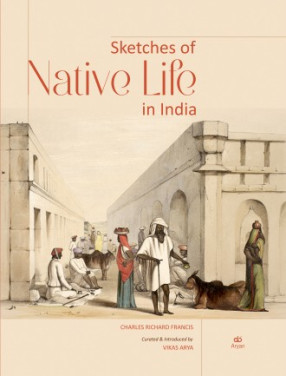
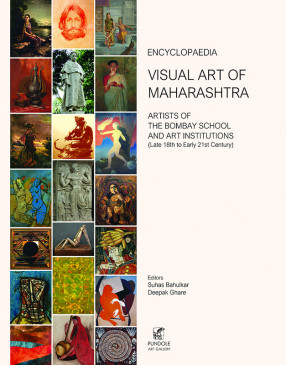
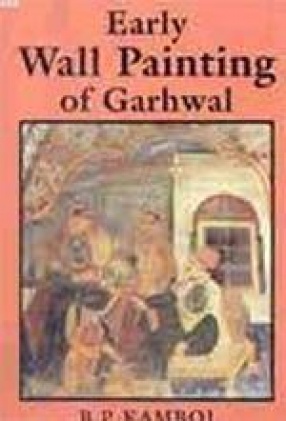
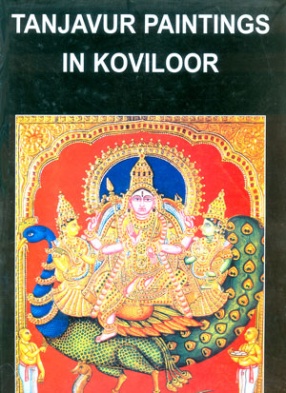
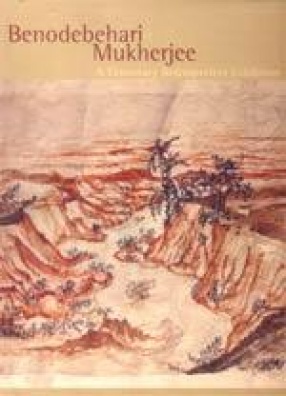

Bibliographic information